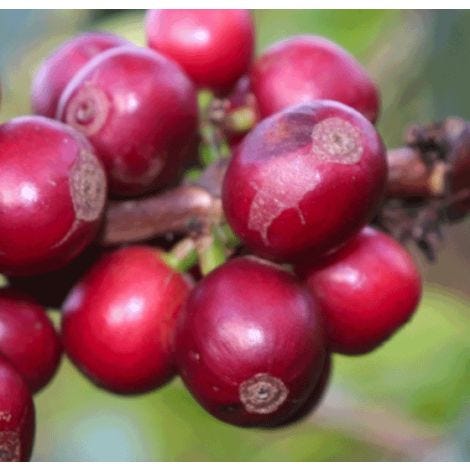The Region

Kirinyaga, located in Central Kenya, is renowned for Mt. Kenya and its rich, forested landscape teeming with exotic wildlife. The region enjoys about 50 inches of rain annually. The numerous rivers and fertile volcanic soil support smallholders and cooperatives in cultivating and processing some of Kenya's most vibrant, fruit-forward coffees. Notably, more farmers are now incorporating shade trees to combat climate change.
Kirinyaga county shares a border with Nyeri, nestled between the eastern base of the Aberdare (Nyandarua) Range—which forms part of the eastern end of the Great Rift Valley—and the western slopes of Mt. Kenya.
The fertile soil, seasonal rainfall, and high altitude provide an ideal climate for growing coffee that boasts high acidity, a full body, and rich fruit flavours. The cool temperatures at high altitudes, especially at night, allow coffees from Kenya's central highlands to develop and mature slowly, producing dense, hard beans with high acidity and complexity.
The Process

The coffee cherries are meticulously hand-sorted by farmers to remove any underripe or overripe fruit before they go into production. Once sorted, the pulp is removed, and the coffee is fermented for 24 to 36 hours under close shade, depending on the climate temperature. After fermentation, the coffee beans are washed and further graded by density in washing channels.
Following this, the beans are transferred to drying tables where they are sun-dried on African drying beds for 12 to 20 days, depending on weather conditions. To protect the beans from moisture and rain, they are covered with plastic sheets during the midday sun and overnight.














